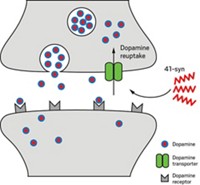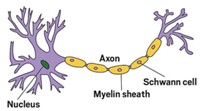Advertisement
Grab your lab coat. Let's get started
Welcome!
Welcome!
Create an account below to get 6 C&EN articles per month, receive newsletters and more - all free.
It seems this is your first time logging in online. Please enter the following information to continue.
As an ACS member you automatically get access to this site. All we need is few more details to create your reading experience.
Not you? Sign in with a different account.
Not you? Sign in with a different account.
ERROR 1
ERROR 1
ERROR 2
ERROR 2
ERROR 2
ERROR 2
ERROR 2
Password and Confirm password must match.
If you have an ACS member number, please enter it here so we can link this account to your membership. (optional)
ERROR 2
ACS values your privacy. By submitting your information, you are gaining access to C&EN and subscribing to our weekly newsletter. We use the information you provide to make your reading experience better, and we will never sell your data to third party members.
Biological Chemistry
Prion Aggregator Discovered
A glycosylated protein may shepherd prion protein associated with brain disorders into its infectious form
by Stuart A. Borman
November 23, 2009
| A version of this story appeared in
Volume 87, Issue 47
A protein has been identified that may help prion protein aggregate into its infectious form (PLoS Pathog., DOI: 10.1371/journal.ppat.1000666). This assisted biopathway could thus be a target for drugs against transmissible spongiform encephalopathies (TSEs) such as mad cow disease and human Creutzfeldt-Jakob disease, the family of brain disorders associated with prions. Prion protein (PrPC) is an endogenous neurological protein. In TSEs, it converts to a pathological form (PrPSc) and aggregates, but the mechanism by which this process occurs is not fully understood. Nigel M. Hooper and coworkers of the University of Leeds, in England, now find that the concentration of PrPSc in cells increases in the presence of glypican-1, a member of the heparan sulfate proteoglycan class of glycosylated proteins. When cellular expression of glypican-1 is inhibited, PrPSc formation is reduced. The researchers believe glypican-1 helps bring molecules of PrPC and PrPSc together, inducing conversion of the normal form into the infectious form. “Now that we know the identity of one of the key molecules in the disease process, we may in the future be able to design drugs that target this,” Hooper says.




Join the conversation
Contact the reporter
Submit a Letter to the Editor for publication
Engage with us on Twitter